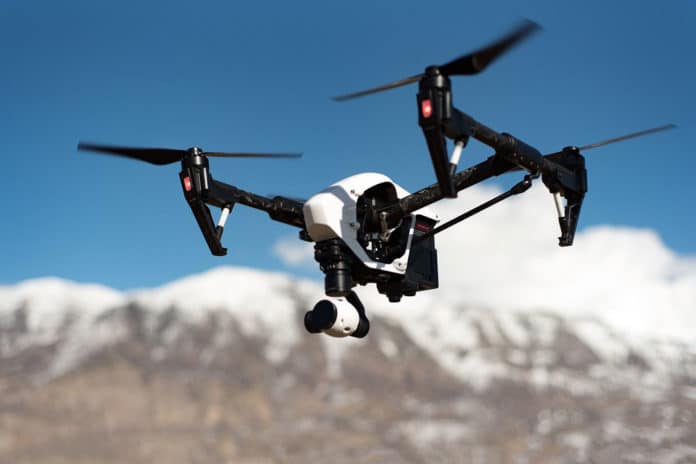The drone market is slowly becoming one of the most promising of the decade, and even in the midst of the pandemic. Very soon, technological advances will allow drones to be used for more and more tasks.
Now, the U.S. Department of Transportation’s Federal Aviation Administration (FAA) announced new rules for Unmanned Aircraft (UA), commonly known as drones, that will increase safety in the fastest-growing segment in the entire transportation sector. The new rules will require remote identification (remote ID) of drones and allow small drone operators to fly over people and fly at night under certain conditions.
There are three ways to comply with the Remote ID requirements:
- Operate a standard Remote ID drone that broadcasts identification and location information of the drone and control station;
- Operate a drone with a Remote ID broadcast module (maybe a separate device attached to the drone), which broadcasts identification, location, and take-off information; or
- Operate a drone without Remote ID but at specific FAA-recognized identification areas.
As for flying over people and at night, the new FAA rules allow such flights to licensed operators who have their remote pilot certificate and identification in their physical possession when operating, ready to present to authorities if needed.
“The new rules make way for the further integration of drones into our airspace by addressing safety and security concerns,” said FAA Administrator Steve Dickson. “They get us closer to the day when we will more routinely see drone operations such as the delivery of packages.”
Both rules will become effective 60 days after publication in the Federal Register. FAA states that drone manufacturers will have 18 months to start manufacturing remote-ID drones and operators will have a year later to start using remote-ID drones. All drones that must be registered with the FAA must-have equipment that broadcasts its identification, location, and control station or that is operated in areas recognized by the FAA.
FAA’s Remote ID requirement will necessitate every drone sold in the US that weighs over 0.55 pounds (250 grams) and from 2022 the use of drones without such systems will become illegal.
It is assumed that the updated FAA rules could accelerate the introduction of drones to deliver various cargo. Many companies like Amazon and Alphabet’s Wing subsidiary are pursuing projects like this, but the restrictions on the use of drones complicate their task.
